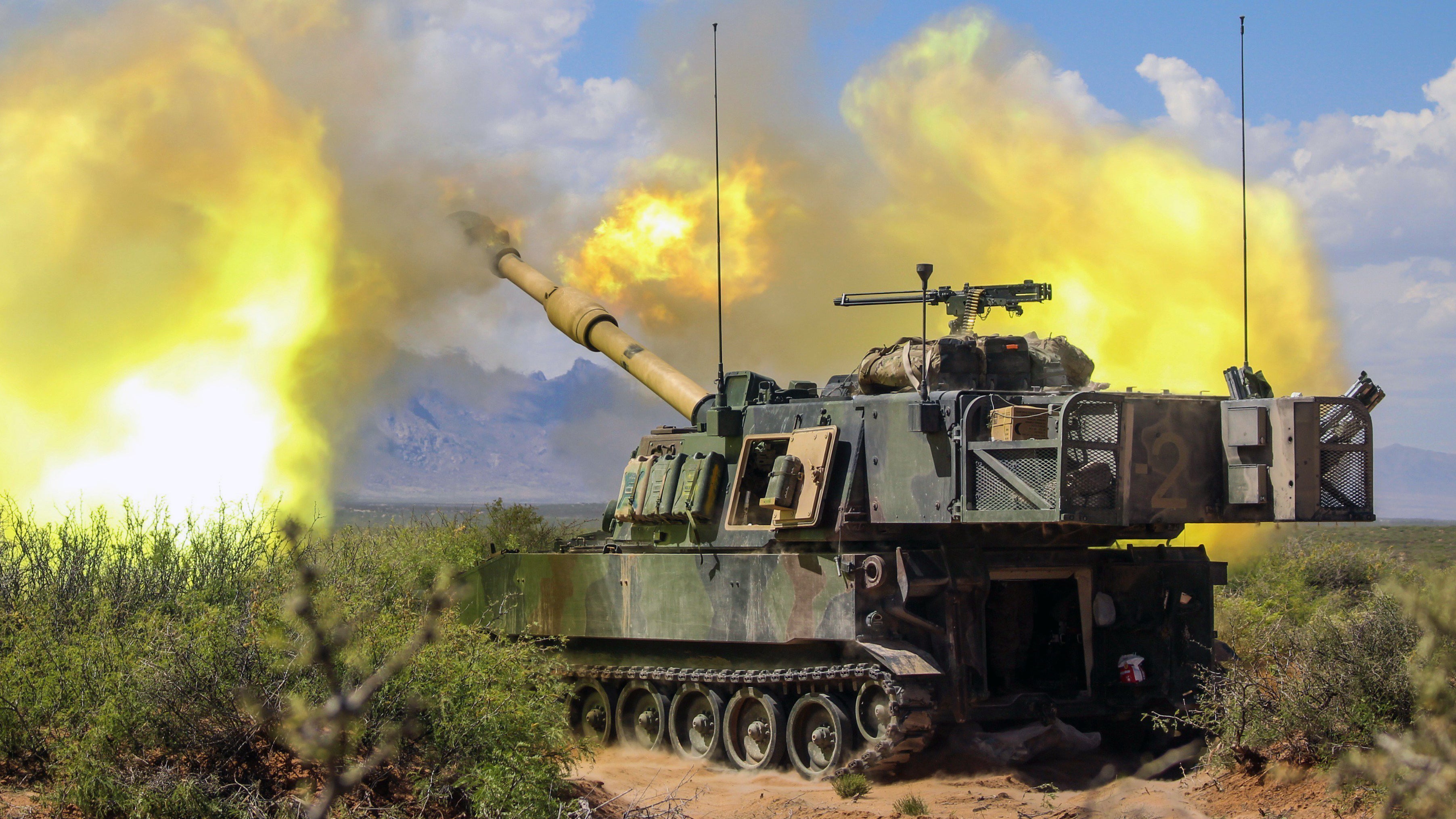More Capability Needed for ‘Gray Zone’ Conflicts
More Capability Needed for ‘Gray Zone’ Conflicts

Rigid mobilization processes and limited authorities restrict combatant commanders’ ability to quickly employ reserve component forces for contingencies that fall short of armed combat, according to a new report published by the Association of the U.S. Army.
In his report, “Reserve Component Employment in Strategic Competition,” part of AUSA’s Landpower Essay Series, author Maj. Robert Behrman says Russia and China compete freely in the “gray zone,” an area below the threshold of combat that includes information operations, disinformation campaigns, political and economic coercion, operations in space and cyberspace, support to proxy forces and provocation by state-controlled forces.
Behrman, a strategic planner in the 9th Mission Support Command in Honolulu, maintains that these adversaries understand and actively complicate U.S. mobilization requirements, such as the mobilization decision process that requires the secretary of defense or the president.
Another hindrance, he says, is the indefinite nature of gray zone campaigns.
“Because this type of competition is expected to last for the foreseeable future, the United States treats it as a new aspect of the environment rather than a specific campaign,” Behrman writes. He explains that “unlike the now-routine reserve component rotations to the Middle East … there is no similar authority to employ reserve components for the ongoing competition with Russia or China.”
The author recommends that the Defense Department adopt policies and processes that would give the president more options in authorizing mobilization of critical reserve component capabilities. He also recommends developing a way to give combatant commanders new requesting authorities backed by funding.
“Using limited mobilization as [a flexible deterrent option] and expanding combatant commander access to assigned reserve component forces could expand the options available to the president for long-term strategic competition and enhance joint force readiness and lethality for large-scale combat operations,” he writes.
Read the full report here.

